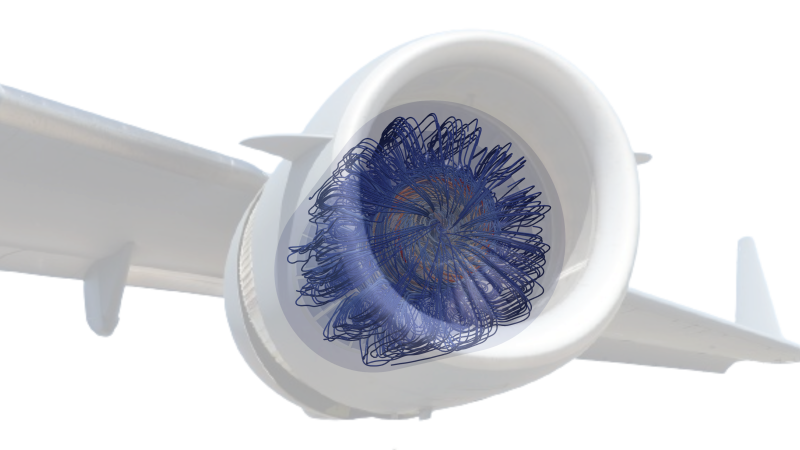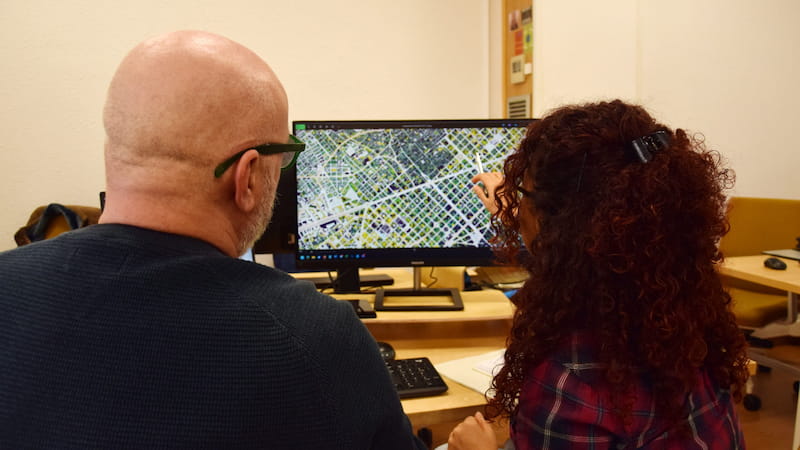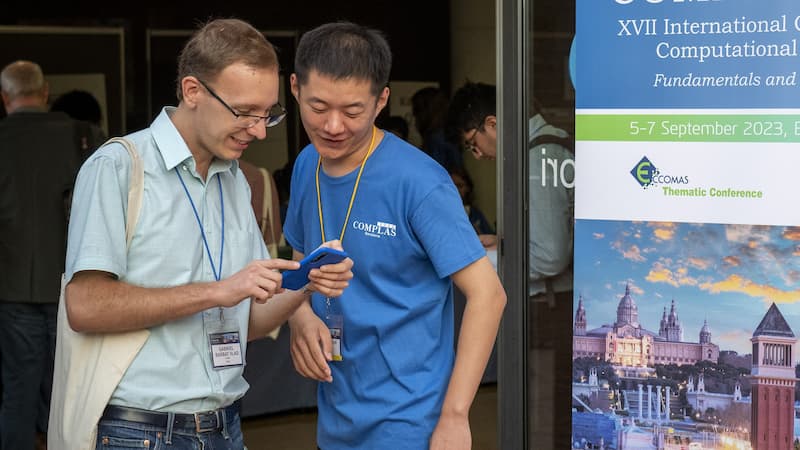ABSTRACT
This thesis advances intrusive projection-based reduced order modeling (PROM) as a scalable, physics-consistent foundation for real-time digital twins in industrial applications. By integrating high-fidelity numerical methods with robust model reduction techniques, it addresses the computational bottlenecks limiting the deployment of large-scale simulations for design, optimization, and operational monitoring.
Structured as a compendium of peer-reviewed articles, the work presents three key methodological contributions. First, it introduces a novel hyper-reduction framework for Petrov–Galerkin PROMs that eliminates the need for complementary meshes, enabling element-wise sampling fully compatible with standard finite element workflows, such as Kratos Multiphysics. Second, it proposes a scalable, HPC-enabled workflow for PROM training and deployment, leveraging parallel snapshot generation, distributed singular value decomposition, and a parallel version of the empirical cubature method, demonstrated on an industrial thermal digital twin of an electric motor. Third, it extends PROM methodologies into nonlinear regimes using latent-space closure strategies, including PROM-ANN and interpretable kernel-based surrogates (PROM-GPR, PROM-RBF), to overcome the Kolmogorov n-width barrier in convection-dominated flows. This extension includes a discrete physics-informed training strategy aligning neural network-based manifolds with the residual behavior of the underlying numerical scheme, ensuring physical consistency.
The developed methods are systematically validated on canonical model problems such as the inviscid one-dimensional Burgers’ equation, and extended to industrial configurations like the Ahmed body wake flow using the AERO-F framework. Classical techniques, including piecewise-linear and quadratic manifolds, are also discussed to contextualize the limitations of global linear subspaces and motivate the nonlinear strategies presented.All contributions have been implemented in the Kratos Multiphysics and AERO-F open-source frameworks, highlighting their practical applicability for large-scale engineering workflows. While this thesis does not implement a closed-loop digital twin, it provides a robust foundation for future Component Twins and Asset Twins, bridging high-fidelity modeling and real-time predictive capabilities.
Lastly, this thesis supports technology transfer through the SimTwins spin-off initiative, delivering scalable and open-source digital shadows and digital twins tailored to meet emerging Industry 4.0 and 5.0 demands. Collectively, these contributions position intrusive projection-based ROMs as robust, interpretable, and high-performance tools essential for next-generation digital twin ecosystems.
Committee
- President: Dr Elias Cueto
- Secretary: Dr Javier Bonet
- Member: Dr Giovanni Stabile
PhD Advisors

PHD CANDIDATE
 Mr. Sebastian Ares is a PhD candidate in Civil Engineering at Universitat Politècnica de Catalunya (UPC) and a researcher at CIMNE. He was a Fulbright Visiting Student Researcher at Stanford University. He holds a MSc in Numerical Methods in Engineering from UPC and a Bachelor’s degree in Civil Engineering from UNAM. His research focuses on reduced-order modeling, machine learning, and digital twins for high-fidelity multiphysics simulations.
Mr. Sebastian Ares is a PhD candidate in Civil Engineering at Universitat Politècnica de Catalunya (UPC) and a researcher at CIMNE. He was a Fulbright Visiting Student Researcher at Stanford University. He holds a MSc in Numerical Methods in Engineering from UPC and a Bachelor’s degree in Civil Engineering from UNAM. His research focuses on reduced-order modeling, machine learning, and digital twins for high-fidelity multiphysics simulations.





